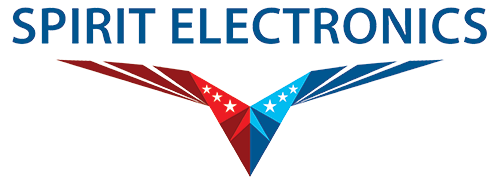Precision BGA Reball
Solder ball exchange with automated technology for high-reliability solutions
Play Video
Spirit’s proprietary automated BGA ball removal process
Spirit’s automated technology safeguards your BGA from ball removal to final inspection.
Reball BGAs from lead-free to tin-lead conversion. Meet industry requirements for lead (Pb) composition. Convert an OEM pure metal solder ball to leaded solder ball for better solder bonding and resilient performance under thermal stress.
How Many Balls Can You Place? Speed with Automation and Precision
Capable of placing 45,000 balls per hour, our line can handle high-ball-count FPGAs and ultra-small solder balls for high-volume reball. Our automation allows for high-speed production with precision that protects your product’s performance.
Automated Optical Inspection (AOI) Every Step of the Way
- The same automated technology used in the final ball scan inspects balls and arrays during printing, ball placement, and before reflow
- Laser automation and true-color 12 megapixel camera inspect balls and arrays.
- Precision AOI can even inspect for warpage of the BGA substrate.
- AOI identifies issues during pick-and-place and will automatically sort and replace missing or damaged balls before the array leaves the assembly line.
- Programmed auto-sort will identify damaged solder balls and reject them before they are placed.
- Avoid rework and line delays.
Our Reball Process
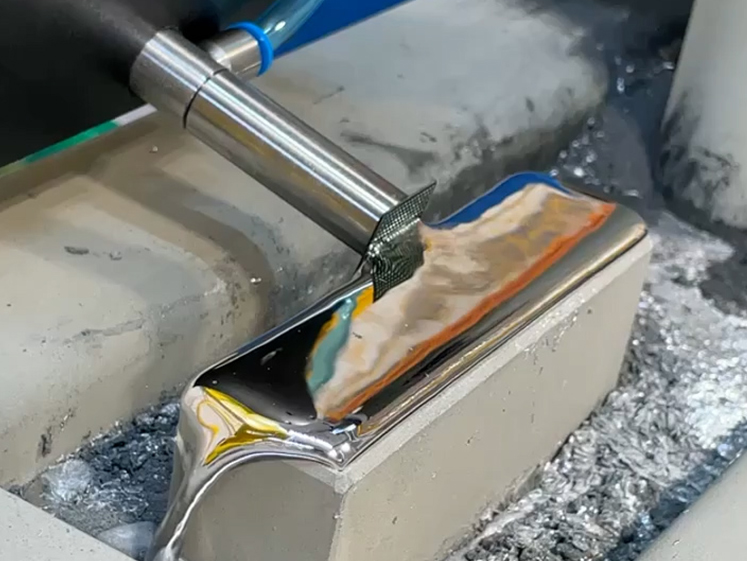
I. Robotic Ball Removal
- Ball removal with robotic precision
- Fountain dip for controlled application of flux to solder balls
- Heat blower activates the flux
- Robotic pass across a hot solder wave detaches old solder balls
- Automated removal protects the BGA terminals from damage common with mechanical and manual methods
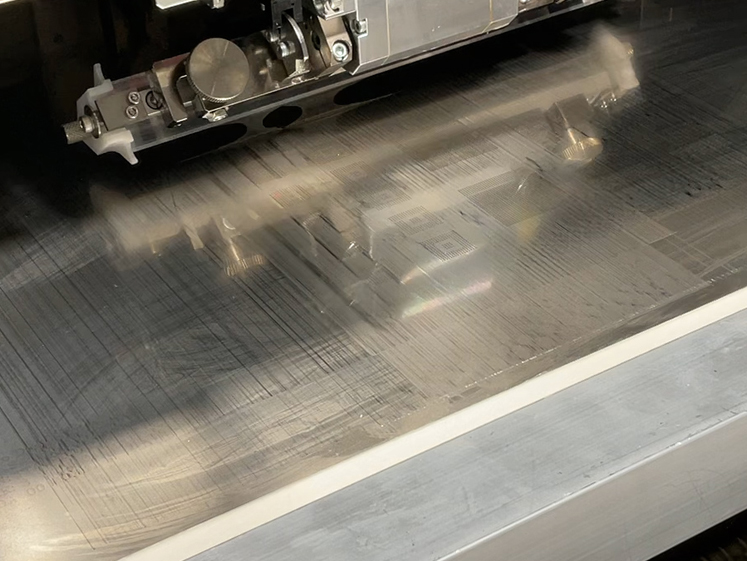
II. Solder Paste Printing
- Stencil controls solder paste application to each pad on the BGA
- Single-swing squeegee head applies paste with exact thickness in one swipe
- 2D inspection verifies stencil alignment and paste thickness
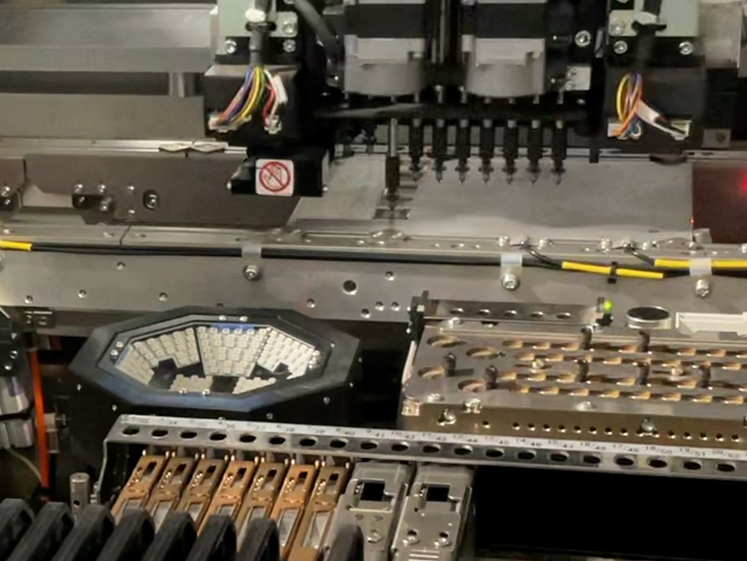
III. Ball Pick-and-Placement
- Solder ball placement using 10-head vacuum
- Places new, leaded solder balls precisely on the BGA pads
- Self-clearing nozzles capable of picking up <0.5 mm solder balls
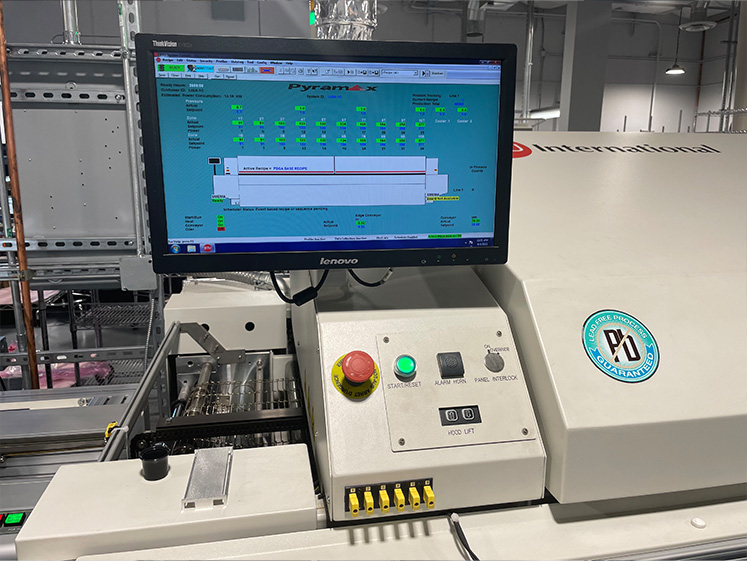
IV. 10-Zone Oven Reflow
- Robust temperature control heats solder paste to achieve reflow and bond solder balls to pads
- KIC software fine tunes oven profile to prevent over- or under-exposure to heat
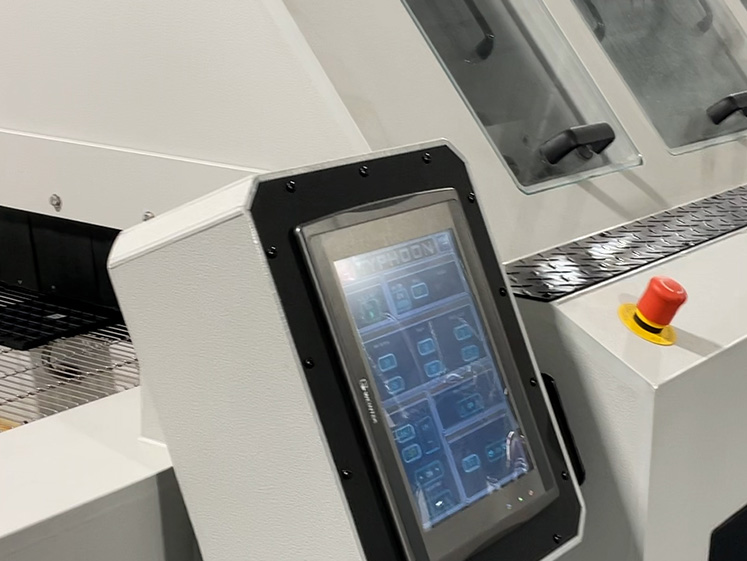
V. Deionized Wash
- Closed-loop deionized water system removes any remaining paste
- Wash is controlled for temperature and conveyor speed
- ESD protection
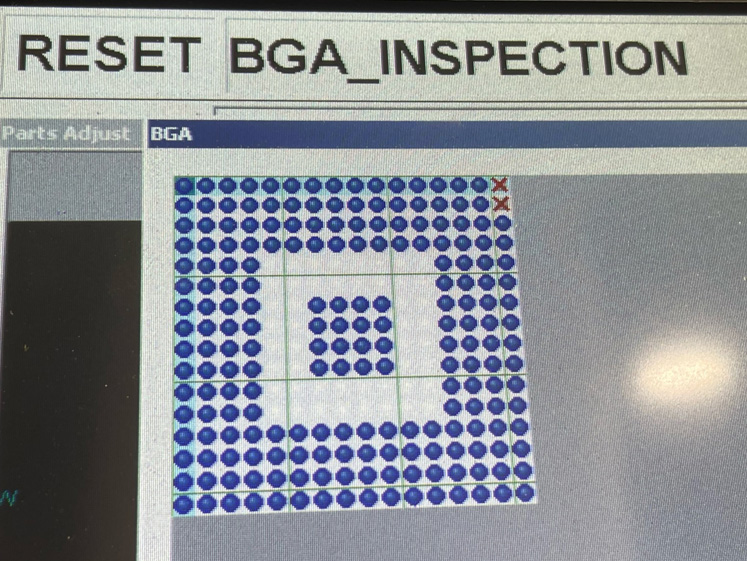
VI. Final Ball Scan
- Automated optical inspection checks all BGAs for:
i. Diameter
ii. Spacing
iii. Pitch
iv. Missing balls
v. Damage
vi. Location - Rejected BGAs are auto-sorted to remove them from the line and identify the issue down to the individual ball.
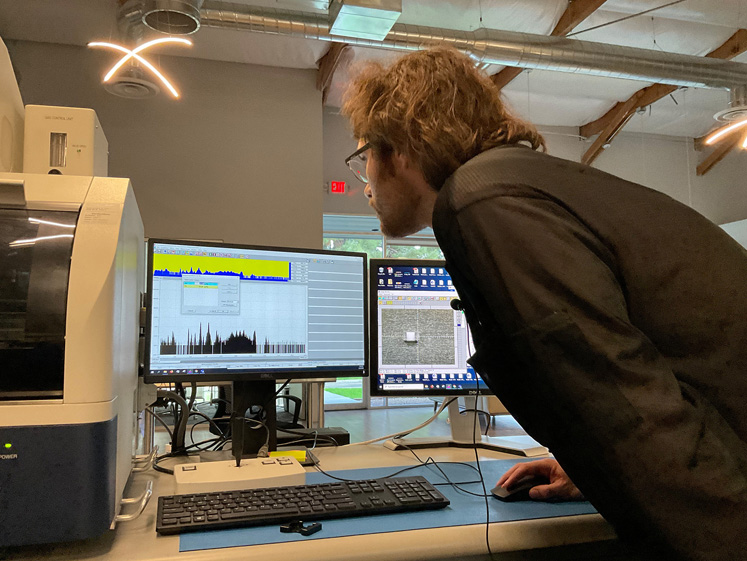
VII. XRF and SAM Inspection
- Verify ball composition with XRF analysis to guarantee leaded solutions meet requirements
- Non-invasive inspection of BGA connections and materials with sonic acoustic microscopy (SAM)
Want to know more?
Listen to Episode 33 of our Spirit: Behind the Screen podcast where Marti McCurdy and Tracey Latham discuss how high-tech automated assembly can change the game with BGA reballing.
Spirit's in-house services deliver your device as close to production-ready as you can get, while it never leaves our care and custody:
- Authorized Distribution and BOM Management
- Spirit can purchase your BGAs from our industry-leading authorized manufacturers
- Electrical Testing
- Verify the performance integrity of your BGAs
- Board assembly
- Place reballed BGAs to your board along with the rest of your bill of materials and receive your board ready-to-use
Industry Standards:
- J-STD-001
- J-STD-004
- J-STD-006
- J-STD-033
- IEC/TS62647
- IPC-7711/7721
- GEIA-STD-0006
- ANSI/ESD S20.20 and JESD625 for ESD Control
- AS9100 Quality Management for Process Controls

